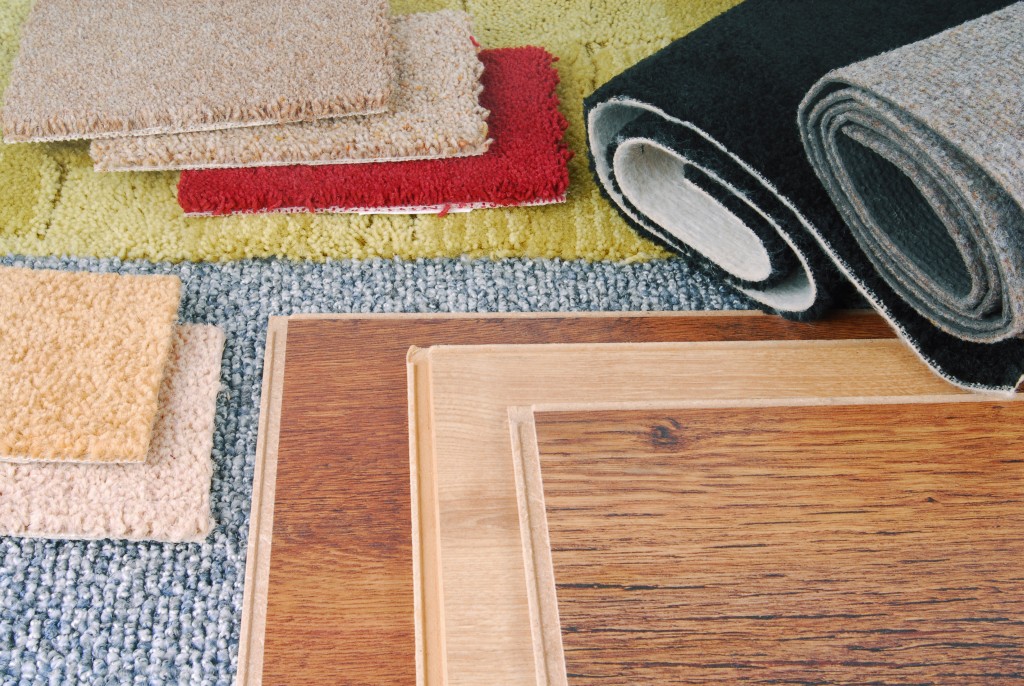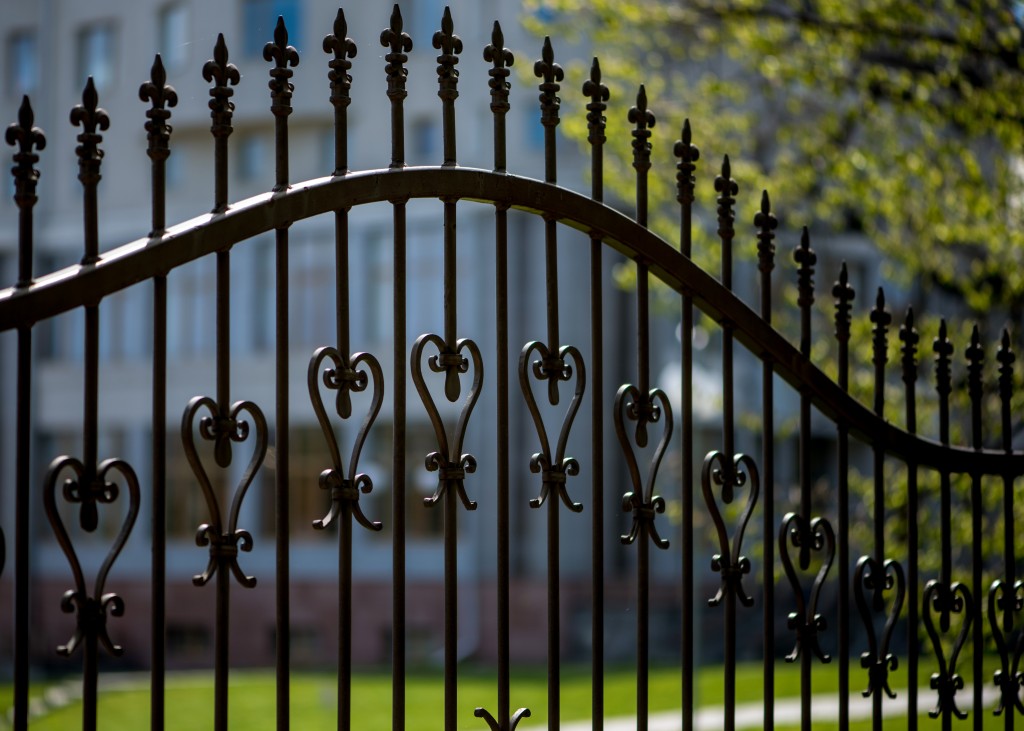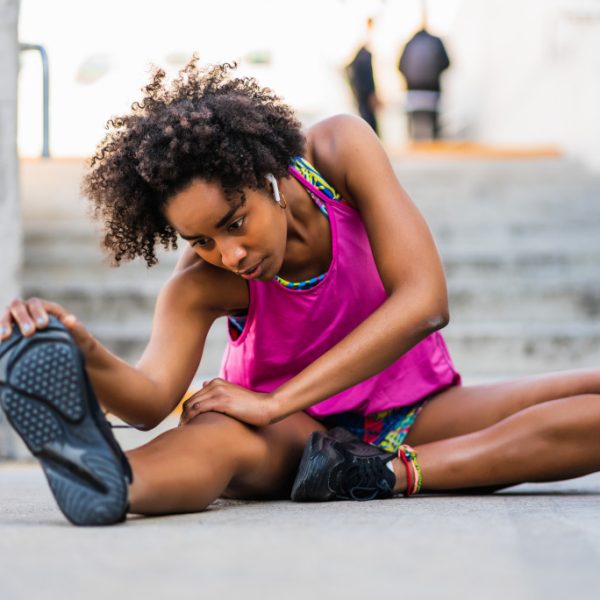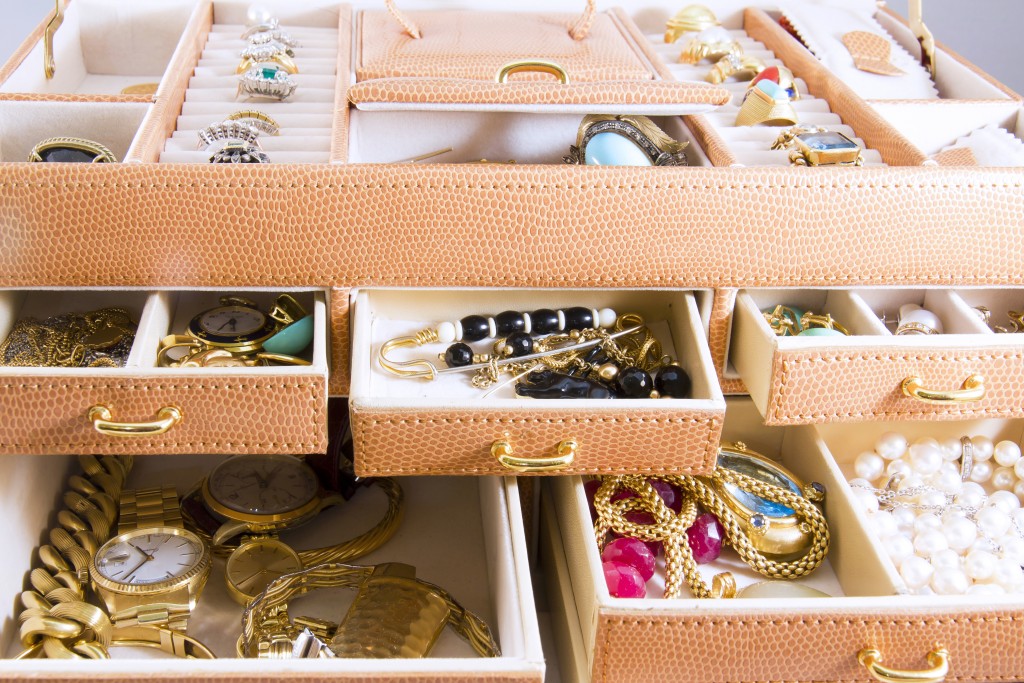Fashion trends come and go. And they always cause a kerfuffle among enthusiasts and experts alike. Athleisure is a great example.
Athleisure isn’t a new concept. The term was first coined in March 1979. It refers to athletic clothing and footwear made for people who engage in sports and those who just want to look athletic. But athleisure as a trend became more mainstream in the early 2010s thanks to Lululemon. Now, athleisure refers to aesthetically pleasing, casual, and comfortable athletic clothing that people can use both for exercising and other activities.
Not For Everyone
Many people dislike the idea of athleisure. One of the reasons is that it suggests laziness. In recent years, people wear athleisure clothing in any situation, whether they’re out to buy groceries, going to a party with friends, or even when going to work.
But some people argue that activewear makes people lazy in how they dress. And this can be a bad thing because this “laziness” may reflect on the other aspects of a person’s life. For example, at work, employees usually dress to impress and for formality.
Another argument is that athleisure is not fashionable. Even Project Runway producer Tim Gunn hates it because it’s vulgar. He does have a point. For example, most activewear bottoms for both men and women can be very tight-fitting.
But It Just Works
While these drawbacks of athleisure make sense, this fashion trend seems like it won’t be going away any time soon for many valid reasons:
It’s Comfortable
Fashion is no longer just about style and aesthetics. Comfort has become a priority for a lot of people, especially in the middle of a pandemic. People want to be able to wear clothes that look good and aren’t difficult to wear.
Athleisure certainly fits the bill when it comes to comfort. They’re made of lightweight fabric, making them ideal for wearing at probably any time of day. For instance, say a man plans to go for a quick coffee run. It’s so much easier for them to throw on a nice men’s weightlifting workout tee and shorts than put on a stylish shirt and a pair of jeans.

It’s Practical
Consumers want to get their money’s worth when they buy things. A 2016 study found that consumers are more likely to make practical and functional purchases than luxury buys.
Athleisure counts as practical, which is why it will stay in trend in the foreseeable future. This style of clothing can be worn on several occasions. It can function as casual clothing, but it can also be used in physical activities, such as gym and home workouts.
And with proper styling, athleisure clothing can also become appropriate for the office. For example, tunic tops are great workout clothes and make for a nice office blouse, especially neutral-colored ones. An employee might also consider wearing a comfortable workout shirt and track pants and just top it off with a nice blazer and sneakers.
The many uses of athleisure clothing make it functional and worth the purchase.
It’s Sustainable
The fashion industry is notorious for being one of the highest contributors to carbon emissions. This is why consumers are becoming more conscious of their purchases and strive to support sustainable brands. A survey on consumers in five European markets found that 80 percent of consumers think it’s important for fashion brands to have sustainability certifications. And in general, consumers want to buy clothes grounded on ethical and environment-friendly practices.
Various athleisure brands use more sustainable materials than others. For example, many brands use recycled materials, such as cotton, polyester, and nylon, to make their clothes. Also, the sustainable athleisure market is expected to grow in the following years.
And the fact that a person can use an athleisure ensemble not just to exercise but also to do other things can greatly reduce their need to buy new clothes, thus reducing their carbon footprint.
It’s Stylish
Just because something is made for comfort doesn’t mean it’s not fashionable. On the contrary, athleisure clothing is quite stylish and, in some way, does keep up with fashion trends. For instance, when tracksuits rose in popularity, athleisure brands offered (and still offer) stylish tracksuits with beautiful color-blocking.
It’s also worth mentioning that various non-athletic luxury brands released their own lines of athleisure. Some examples include Gucci, Louis Vuitton, Chanel, Versace, and many others.
Like it or not, athleisure appeals to many consumers and will definitely stay trendy not just because it’s comfortable but also because it’s practical, sustainable, and fashionable.




